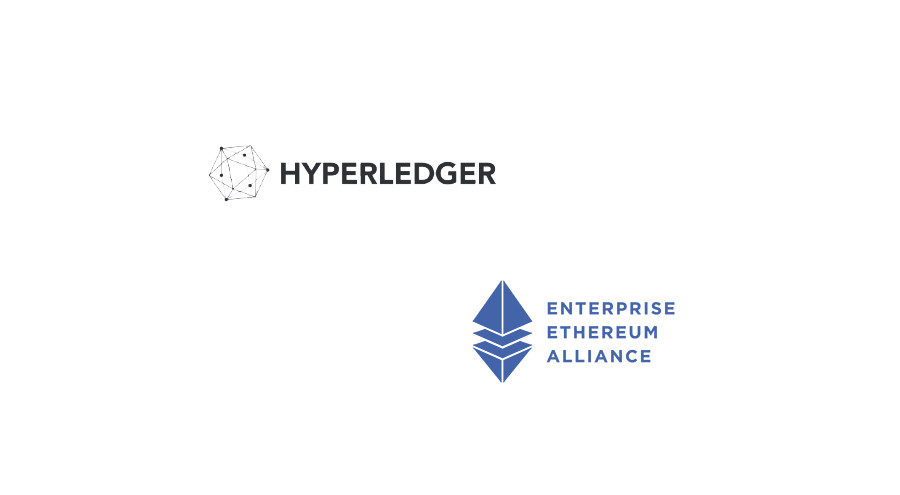The Enterprise Ethereum Alliance (EEA), the standards organization driving the adoption of Enterprise Ethereum, and Hyperledger, The Linux Foundation open source collaborative effort advancing cross-industry blockchain technologies, have announced they have become Associate Members, respectively, within each other’s organization.
The open-source, standards-based, cross-platform collaboration will contribute to accelerating adoption of blockchain for business. With hundreds of member companies combined, the EEA and Hyperledger communities represent a variety of business sectors from every region of the world.
“This is a time of great opportunity. Collaborating through mutual associate membership provides more opportunities for both organizations to work more closely together. In addition, Hyperledger developers who join the EEA can participate in EEA Certification to ensure solution compliance for projects related to the Enterprise Ethereum Client Specification.”
As members of each other’s organizations, the leadership of both organizations will be able to collaborate across tens of Special Interest Groups, Working Groups, meetups and conferences globally, across hundreds of thousands of developers in both communities. EEA community members working on specifications and standards can turn to Hyperledger to collaborate on software implementations of those standards.
“Great open standards depend upon great open source code, so this is a natural alliance for both organizations. Standards, specifications, and certification all help enterprise blockchain customers commit to implementations with confidence since they have better assurances of interoperability as well as multiple vendors of choice.”
More About EEA and Hyperledger Work Underway
In 2017, Hyperledger launched the Hyperledger Burrow project, an Apache-licensed implementation of the Ethereum Virtual Machine (EVM) bytecode interpreter. Earlier this year, Hyperledger Sawtooth added support for the EVM as a transaction processor, bringing smart contracts developed for the Ethereum MainNet over to Sawtooth-based networks. That effort, dubbed “Seth,” is now in active use, and the developers anticipate submitting it for conformance testing to the EEA specification as soon as possible. Likewise, support for the EVM is now available in Hyperledger Fabric.
Another example of EEA and Hyperledger’s collaboration is the EEA’s Special Interest Group on Trusted Execution Environments, and a prototype implementation of those proposed standards, called “Private Data Objects” being built within Hyperledger Labs. This project is a best practice example of internet-scale software development work, combining community-driven open standards and community-developed, production-quality open source reference implementation. The effort mirrors work such as the IETF (Internet Engineering Task Force) and Apache working on the web’s underlying protocol HTTP, or ECMA International and Mozilla working on JavaScript, a standardized, multi-platform language used by developers worldwide for web design.
Down the road, this mutually beneficial relationship will encourage Ethereum developers to consider submitting their enterprise projects to Hyperledger and Hyperledger project maintainers to consider taking de-facto interfaces appropriate for standardization to the appropriate EEA working groups. This relationship will also enable Hyperledger developers to write code that conforms to the EEA specification and certify them through EEA certification testing programs expected to launch in the second half of 2019.
“As a founding member of both Hyperledger and EEA, we’ve been proud to participate in the incredible growth of both communities. This is a logical next step that will strengthen the industry as a whole, expand each organization’s reach and benefit from the collaboration across ecosystems, while supporting each organization’s distinct mission,” said David Treat, Managing Director at Accenture.
“For anyone who ever put a ‘vs.’ between Ethereum and Hyperledger, this collaboration shows it’s now ‘Ethereum AND Hyperledger,’” said Behlendorf. “We expect developers building Enterprise Ethereum-related technologies to be motivated to submit projects to Hyperledger, and we hope that project maintainers will consider taking de-facto interfaces that are suitable for standardization to the appropriate Special Interest Group at the EEA.”






















